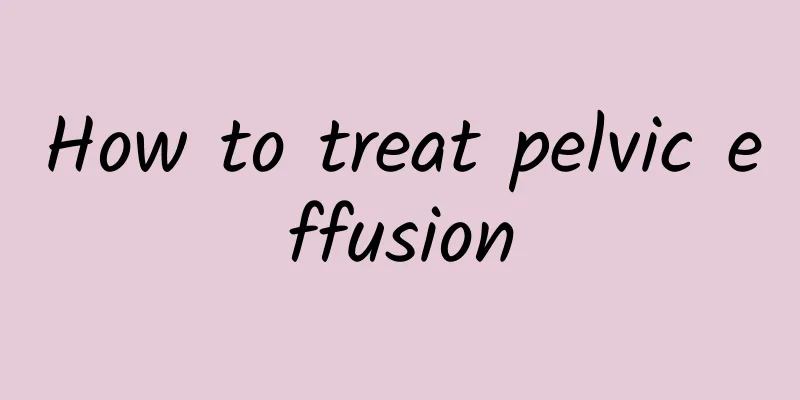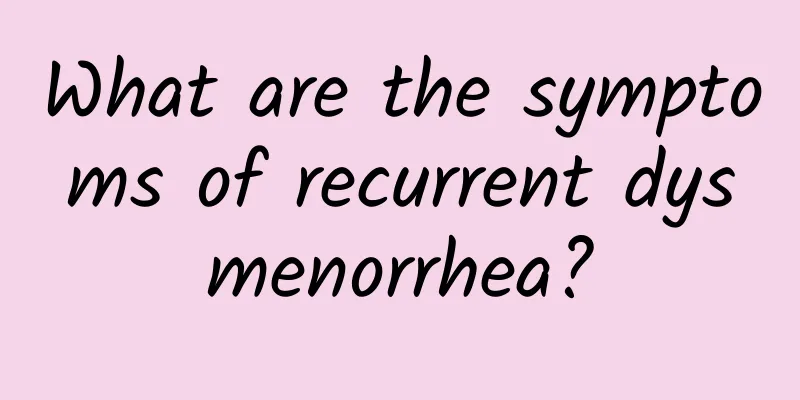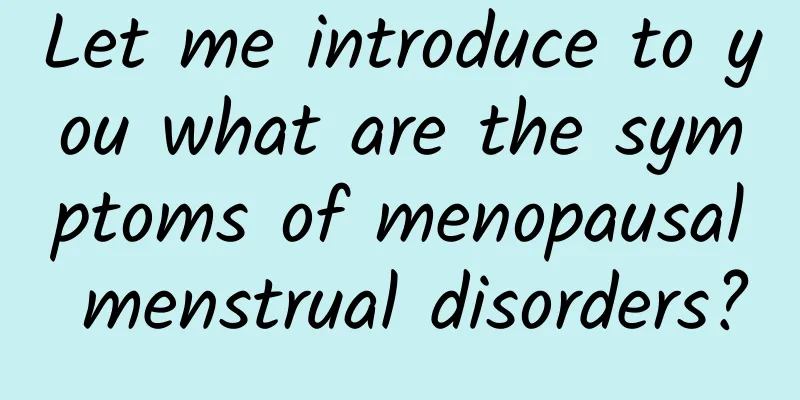How to treat pelvic effusion

|
Pelvic effusion does not necessarily require surgical treatment, because physiological pelvic effusion is a normal condition, so even treatment is not necessary. Pathological pelvic effusion requires treatment, but not all of them require surgical treatment. So, how should pelvic effusion be treated? 1. Traditional Chinese medicine treatment Chronic pelvic effusion is mostly of damp-heat type, and the treatment principle is to clear away heat and dampness. The main treatment is to promote blood circulation and remove blood stasis. The prescription is: Danshen 18g, red peony root 15g, costus root 12g, peach kernel 9g, honeysuckle 30g, dandelion 30g, Poria 12g, moutan bark 9g, and raw earth 9g. When the pain is severe, add Yanhusuo 9g. Some patients are of cold stagnation and qi stagnation type, and the treatment principle is to warm the meridians and dispel cold, promote qi and activate blood circulation. Guizhi Fuling Decoction is often used with modifications. For those with qi deficiency, add Codonopsis pilosula 15g, Atractylodes macrocephala 9g, and Astragalus 15g. 2. Other drug treatments When using anti-inflammatory drugs, 5 mg of α-chymotrypsin or 1500 U of hyaluronidase can also be used at the same time, intramuscular injection, once every other day, 5 to 10 times as a course of treatment, to facilitate the absorption of adhesion and inflammation. If some patients have local or systemic allergic reactions, the drug should be discontinued. In some cases, antibiotics are used at the same time as dexamethasone, oral dexamethasone 0.75 mg, 3 times a day, pay attention to gradually reduce the dose when stopping the drug. 3. Physical therapy The benign stimulation of warmth can promote local blood circulation in the pelvic cavity, improve the nutritional status of tissues, and increase metabolism, so as to facilitate the absorption and disappearance of inflammation. Commonly used methods include short wave, ultrashort wave, ion penetration (various drugs such as penicillin, streptomycin, etc. can be added), wax therapy, etc. 4. General treatment Relieve patients' mental concerns, enhance their confidence in treatment, increase nutrition, exercise, pay attention to the combination of work and rest, and improve the body's resistance. 5. Surgical treatment Surgery is recommended for lumps such as hydrosalpinx or tubo-ovarian cysts. Surgery is also recommended for those with small infection foci that repeatedly cause inflammation. Surgery is based on the principle of complete cure to avoid the chance of recurrence of residual lesions. Unilateral adnexectomy or hysterectomy plus bilateral adnexectomy is performed. Ovarian function should be preserved as much as possible for young women. Single therapy for chronic pelvic effusion is less effective, so comprehensive treatment is appropriate. |
<<: What medicine is effective for pelvic effusion?
>>: What are the preventive measures for pelvic effusion?
Recommend
Female chef loses 30kg by eating cake
Eating light cakes can help you lose weight! Du J...
How long will it take for menstruation to come after a miscarriage? It will take about a month for menstruation to come
Menstruation can be said to be an issue that wome...
What are the abnormal clinical symptoms of multiple uterine fibroids?
Multiple uterine fibroids are a very common benig...
Will ovarian cysts cause abdominal pain in the early stages? Why?
Will ovarian cysts cause abdominal pain in the ea...
How long should I take medicine for endometrial tuberculosis?
Endometrial tuberculosis is actually a relatively...
Thank you for the great success of the Amu Eye Care Campaign
On the eve of Christmas this year, a special &quo...
How to reduce the frequent recurrence of cervical erosion
Patients with cervical erosion may experience inc...
Don’t touch these three fattening breakfasts! Avoid eating too much and gaining weight
"Breakfast is an important source of calorie...
What are the dietary taboos for women who have abortion?
Women must pay attention to their bodies during p...
Classification of causes of irregular menstruation There are 7 common classifications of irregular menstruation
Irregular menstruation is a general term for vari...
What are the factors that induce vaginitis?
What are the factors that induce vaginitis? Which...
What are the better care methods for bacterial vaginosis?
Many diseases need care to get better quickly, es...
Are the consequences of pelvic inflammatory disease serious? Can it cause menstrual disorders?
Pelvic inflammatory disease is a common disease a...
What should I pay attention to when I have uterine fibroids? What should I pay attention to when I have uterine fibroids?
What should I pay attention to when I have uterin...
Can menopause be completely cured?
Due to family economic and psychological reasons,...









